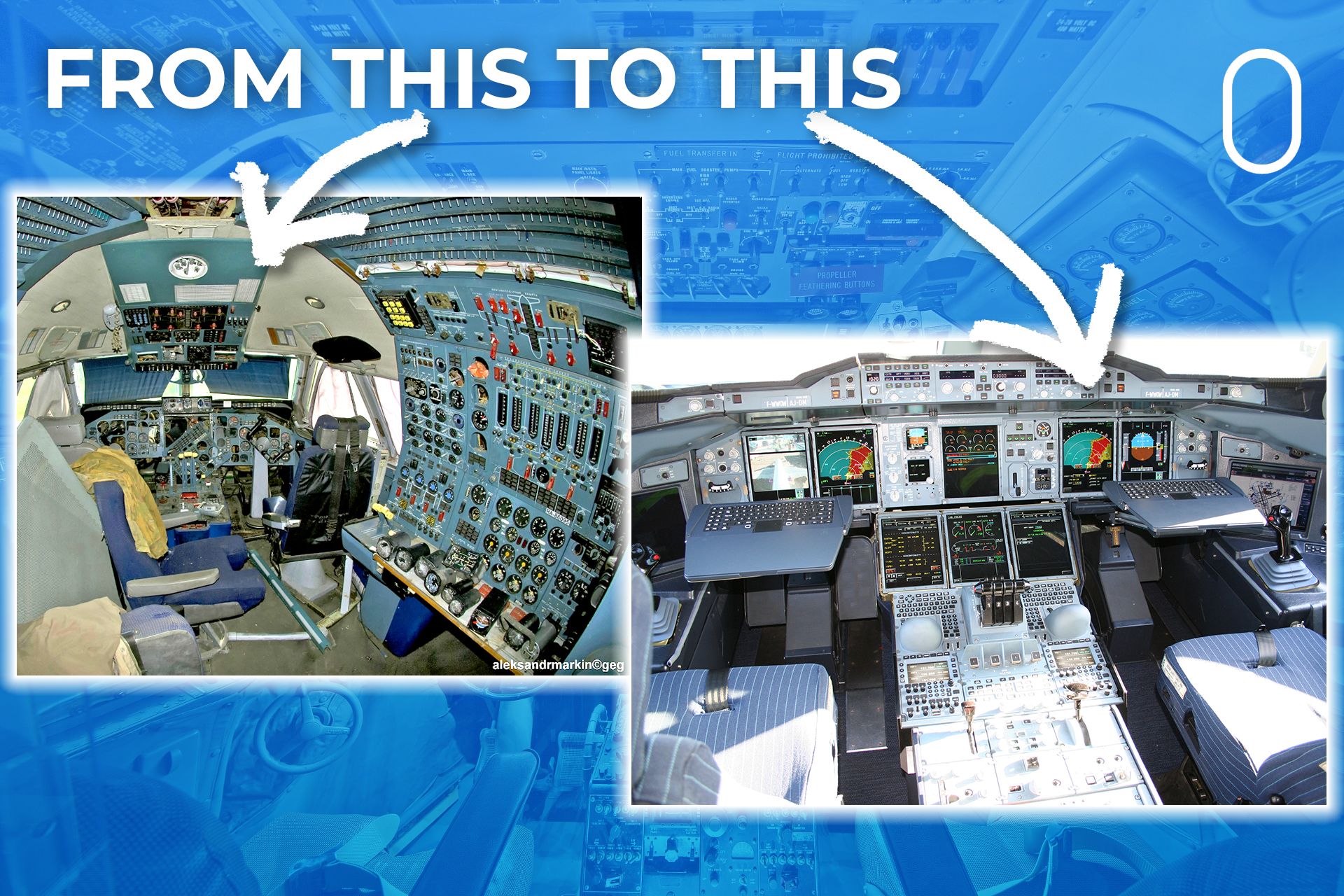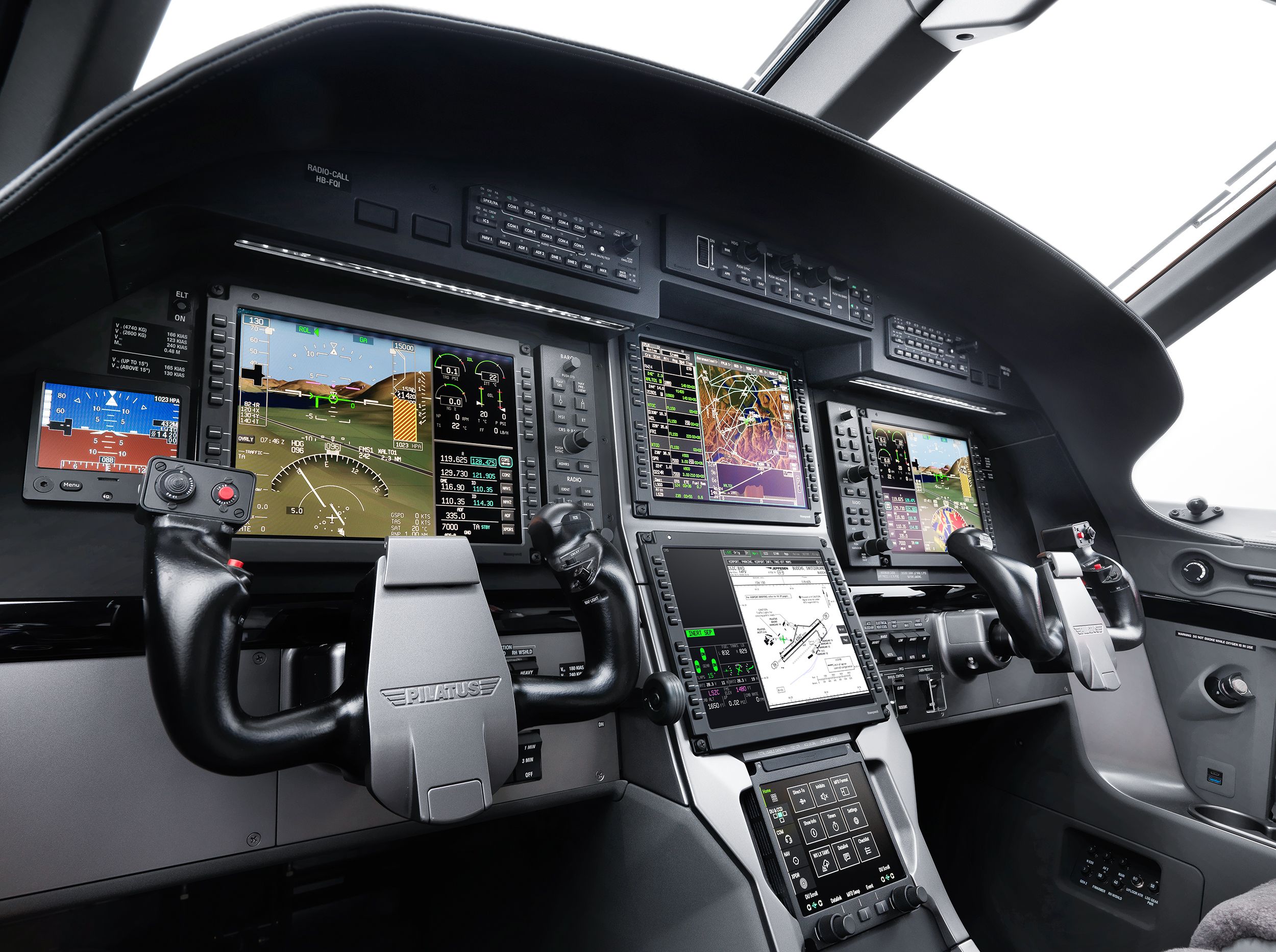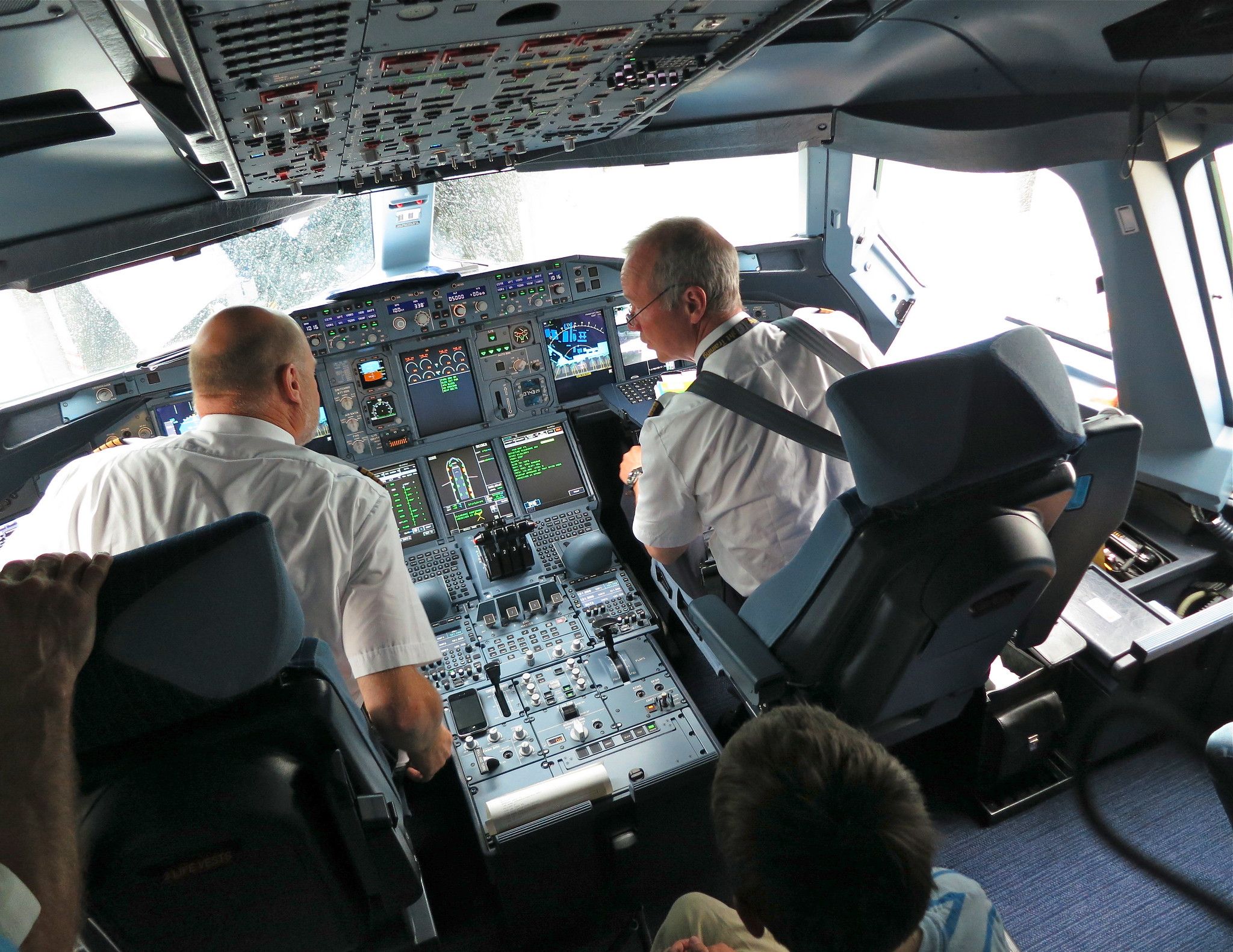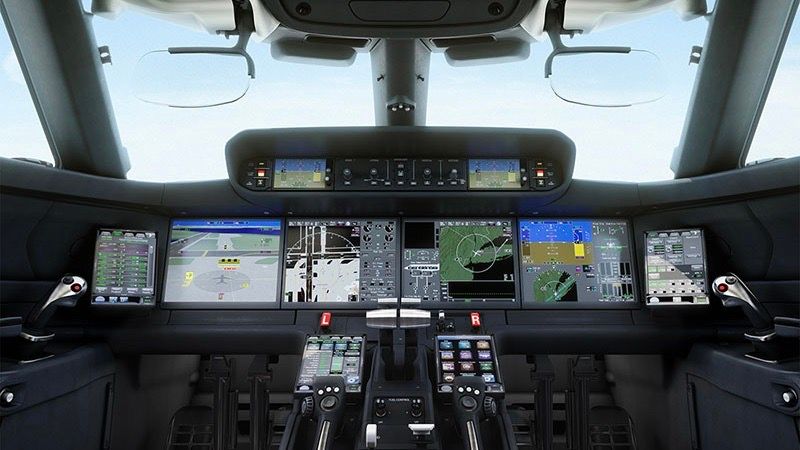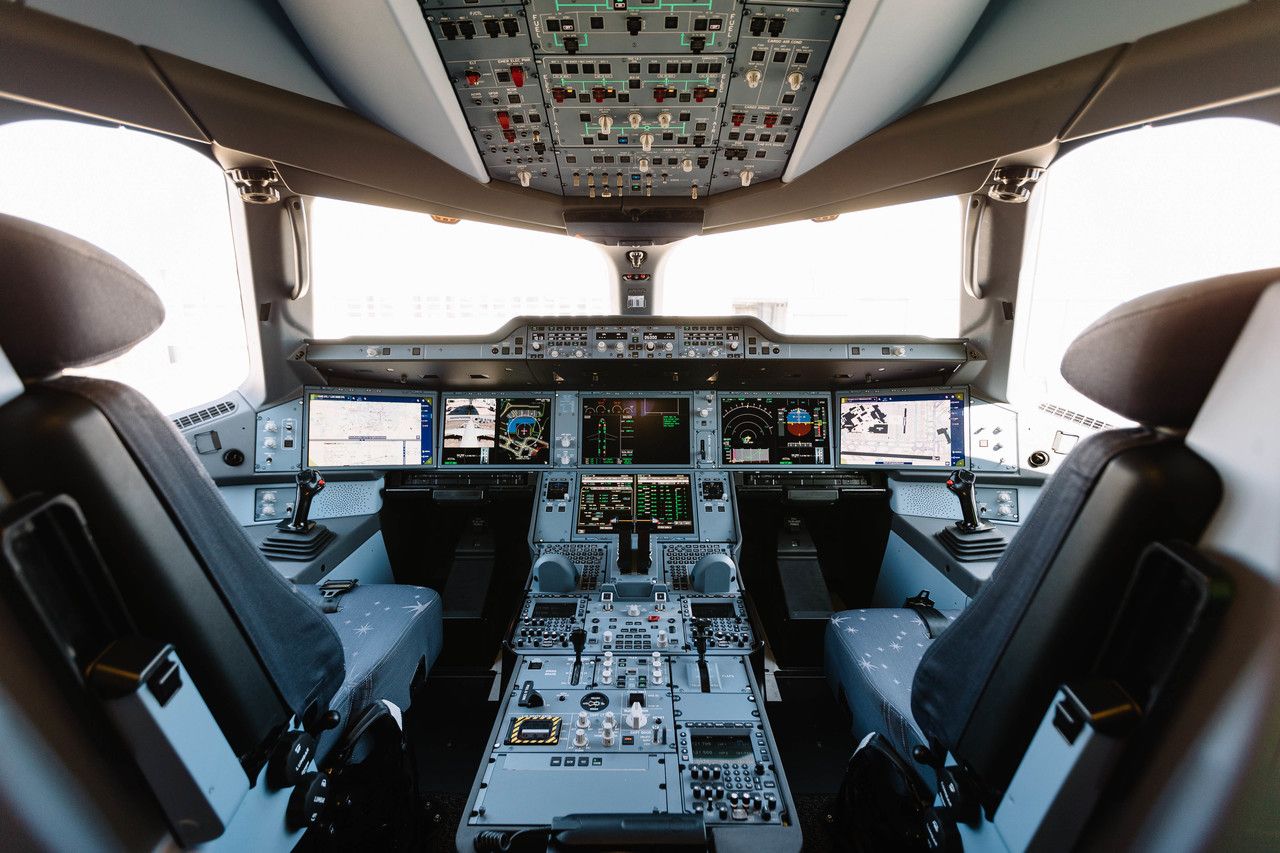Summary
- Flight Engineers were crucial for monitoring aircraft instruments.
- Advancements in glass cockpits eliminated the need for Flight Engineers.
- Glass cockpits provide precise data, save space, and reduce flight crew costs.
Until the 1980s, it was common for an aircraft to have more than two crew members in the cockpit. In fact, aircraft were designed to have a designated seat for a Flight Engineer who would monitor crucial parameters of the aircraft during flight. While the Flight Engineer did not actively fly the plane, the person was responsible for assisting pilots with the monitoring of instruments, sensors, and other information critical for flight.
The Flight Engineer role has gradually disappeared; with the advancement in cockpit technology, it has been more or less eliminated. The introduction of glass cockpit technology onboard modern aircraft has made things significantly simpler for flight crew and made the Flight Engineer role redundant. The information is based on the comparison highlighted in Pilot Mail.
What is the purpose of the Flight Engineer?
- Conduct (or assist in) pre-flight inspections
- Review of documents and checklists
- Monitoring of flight instruments
- Assistance with dials, gauges, and critical panels in the cockpit
- Monitoring critical systems
Flight Engineers perform specific roles in the cockpit with responsibilities for operating and monitoring particular aspects of the aircraft. Their primary function is to monitor the instruments, dials, and gauges in the cockpit. They could also conduct preflight inspections of the aircraft and ensure that the relevant documentation has been completed and accurate for departure.
Photo: Pilatus Aircraft
During the flight, they could interrogate the data from the instruments and controls and use this to support the Captain and First Officer in flying the aircraft. Other duties include monitoring of hydraulic, pressurization, and electrical systems. On some aircraft, they could manage the movement of fuel between tanks during the flight.
They sit behind the pilots in the cockpit and face a control panel where they perform their duties. Cockpits need to be larger than modern-day aircraft to accommodate three flight crew members.
The demise of the Flight Engineer
Instruments in the cockpit take up a lot of space. Research was undertaken by experts, including NASA, to design a solution that could process the information and display it in a configuration that makes it easier and faster for the flight crew to interrogate. In common with other technology, glass cockpits first appeared on military aircraft before civilian use.
In the civilian world, the Boeing 737 was initially designed to operate with only two flight crew, although the cockpit was far from what we recognize today as the glass cockpit. At the beginning of the 1980s, Airbus, along with its partners found an efficient and convenient way to reduce the complexity of systems within the cockpit.
Airbus first started to develop the glass cockpit for the A310. The aim was to simplify the flight deck by integrating multiple components into a digital system. In January 1982, the Airbus A300B4-200FF, an A300 variant fitted with a “forward-facing” crew compartment, including some digital avionic systems of the A310 and A300-600s.
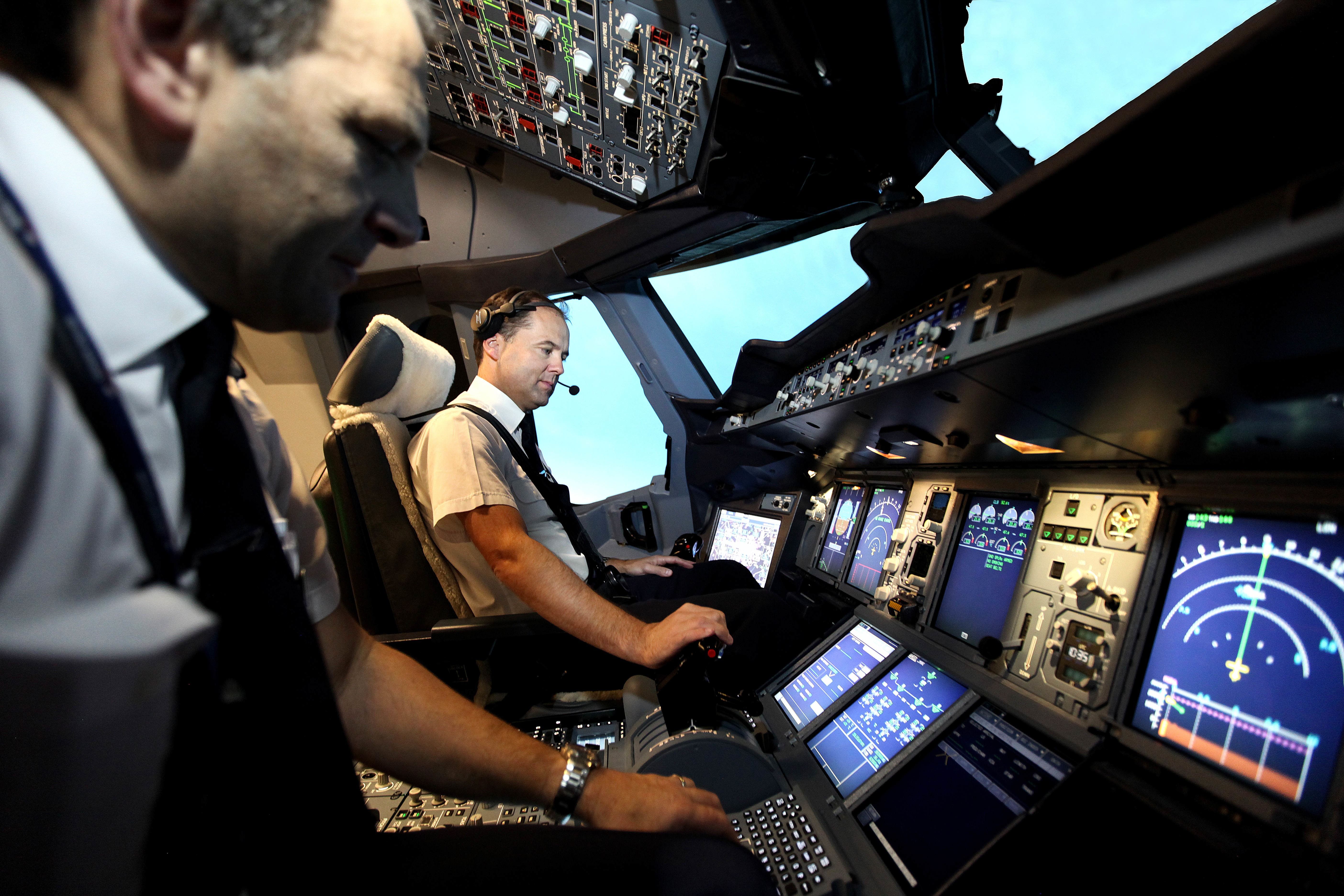
Related
What Are Sterile Cockpits & Why Are They Important For Aviation Safety?
A sterile cockpit is when pilots must be focused entirely on safety.
Photo: Gulfstream Aerospace
Improvements in the capability and reliability of processing information digitally and the introduction of cathode-ray tubes allowed the data from dozens of instruments, dials, and controls to be presented on screens in front of the pilots. Since then, technological advances have eliminated the requirement for separate gauges for different instruments.
The A300-B4 milestone marked the beginning of the end of the Flight Engineer role on the flight deck. What was once an integral part of flight operations, began to fade away with technology.
Benefits of glass cockpits
- Easier to read and use due to precise numerical values and lack of parallax errors
- Quicker interpretation of speed, altitude, position, etc
- It takes less space while displaying more information
- Linked to computers allowing processing of data from multiple sources
- Different layers of information can be presented
In glass cockpits, flight information is displayed electronically, bringing many benefits. The same information from individual gauges can be displayed in a smaller space. The data from multiple instruments are combined, enabling the flight crew to quickly access any required information. The information is presented on screens in the cockpit.
It is designed intuitively to provide the flight crew with the precise flight information they need and help them quickly and accurately interrogate them to make decisions. Aside from the technological improvements, reducing one person from the cockpit achieves significant cost savings for airlines.
Photo: British Airways
Aviation is an industry that continually evolves and adapts to be as operationally and financially efficient as possible. The Flight Engineer was previously an essential component of the flight crew. Paul Howard, a retired Flight Engineer with British Airways, recalls the airline had moved away from Classic Boeing 747s to the -400 variants with a two-crew setup. Howard states, as recorded by Key.Aero,
“It was a bit strange to start with because I was so used to being able to turn back to the engineer to chat about technical issues,” he recalls. “In the end, we got used to the two-man operation but flight engineers were greatly missed as part of the crew and were the salt of the earth.”
Technology and automation have reduced the headcount of the flight crew, but it is unlikely to replace the remaining two members anytime soon, if ever.
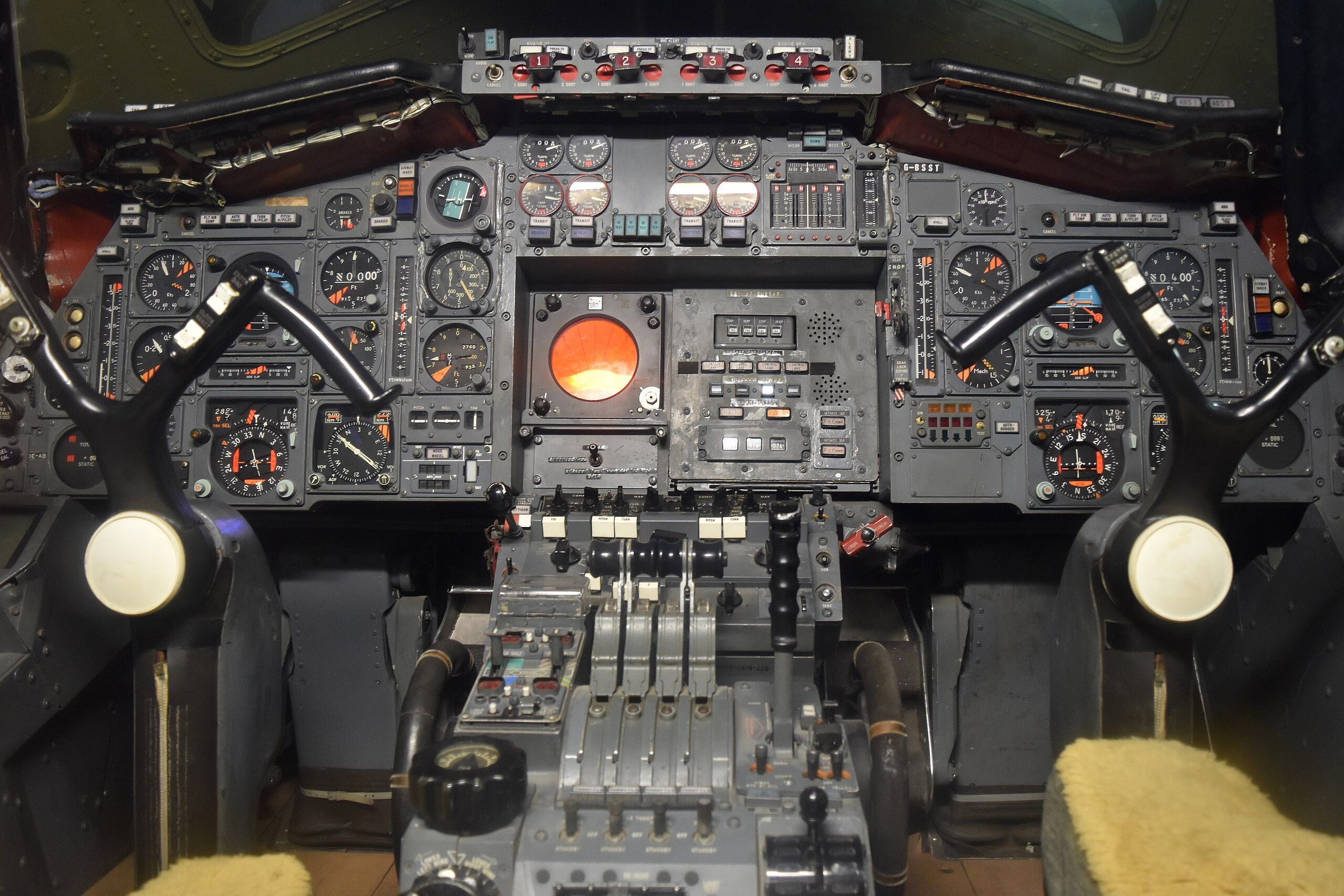
Related
Here’s Why Concorde’s Flight Deck Looked So Complicated
Concorde’s flight deck looked cramped and heavy with switches and dials; why was it so complicated?
What are your thoughts on glass cockpit technology and its uses? Share your views in the comments section.

